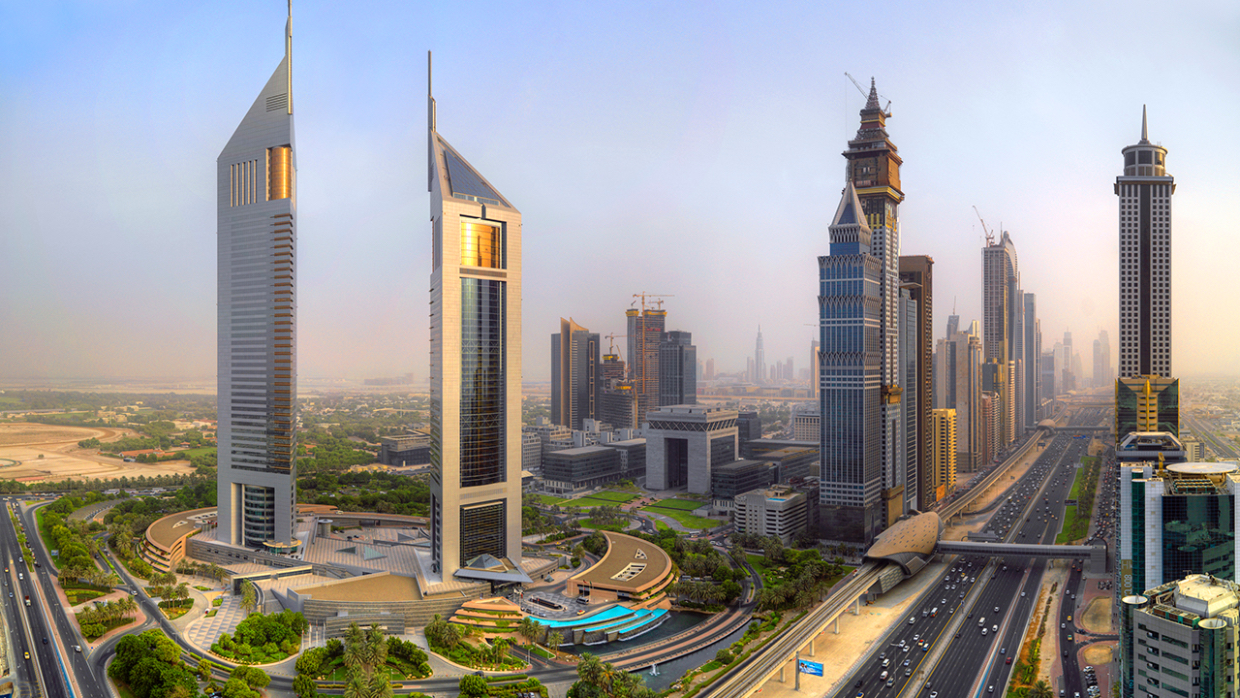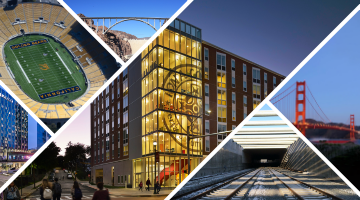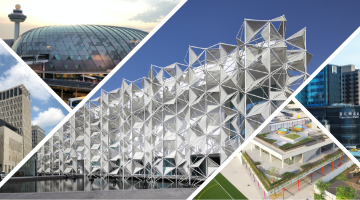Overseas Construction Projects Before and During the War
Obayashi Corporation’s first construction project outside of Japan involved building a railroad across the Korean Peninsula. The company opened a branch in Incheon, Korea, in 1904, the same year as the outbreak of war between Japan and Imperial Russia. The company participated in the construction of the main line, depots, station buildings, and other facilities. With the success of these projects, Obayashi signed contracts for more than a dozen additional projects, including the construction of a saw mill.
As Japan prepared for war during the early 1930s, Manchuria (present-day northeastern China) and northern China saw a rapid increase in construction projects. To respond to this growing demand, Obayashi Corporation set up the Manchuria Obayashi Corporation in March 1940 to develop business on the Asian mainland. In September of that same year, Japanese troops occupied northern French Indochina (present-day Vietnam). At about the same time, Taiwan became an increasingly important base for Japan’s expansion southward. The Taipei Office (opened in 1931) signed contracts with the Taiwan Electric Power Company (currently Taipower) for the construction of the Tien-Leng and Yuanshan power stations. The office also entered into agreements with the Japanese Navy for the construction of military ports and hospitals, and with the Army for the construction of warehouses.
In the face of increasing military demand, Obayashi also expanded into Southeast Asia in 1942. With Japan’s defeat in 1945, the company lost all of its overseas operations.
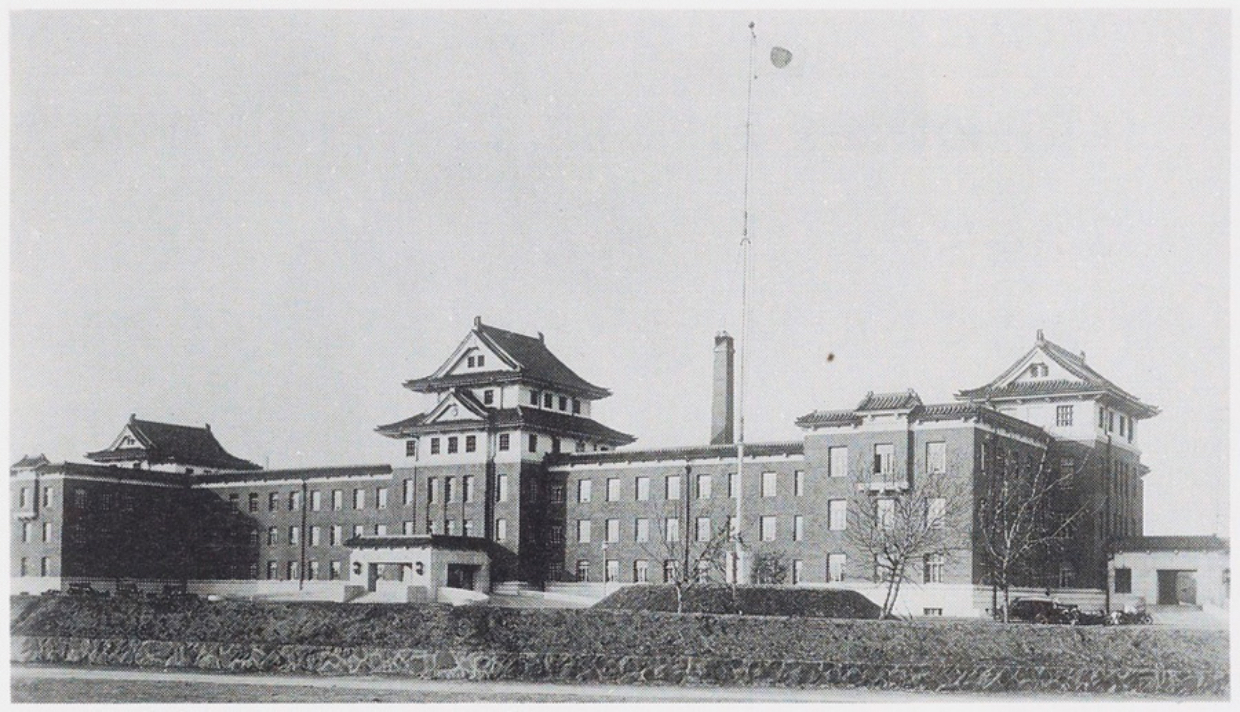
Starting Over After the War—Building a Track Record in Asia
Obayashi Corporation’s international projects after the war began with reparations work in Southeast Asia. Reparations projects continued from 1954 to 1963. The Japanese government had Obayashi work on projects in Indonesia, including construction of the Musi River Bridge in Palembang, a city on the island of Sumatra. Obayashi also built the Sarinah Building in the Indonesian capital of Jakarta.
In April 1964, Obayashi representatives toured the Southeast Asian countries and settled on Bangkok, Thailand, as the location for what was to be the first overseas representative office for a Japanese construction company. Obayashi’s first full-scale postwar overseas project was the newly constructed AIA (American International Assurance) building. The company then established Thai Obayashi in May 1974. Having a wholly-owned subsidiary in Thailand gave Obayashi Corporation the chance to build a solid track record in the region.
In 1966, Obayashi Corporation undertook its first project in Hawaii, the Surfrider Hotel in Honolulu. In April of the same year, the company formally registered its Hawaiian branch as a foreign company, establishing a base for developing business in the United States.
In these overseas construction projects, the company supported the development of local communities, always striving to promote international goodwill by working with local stakeholders.
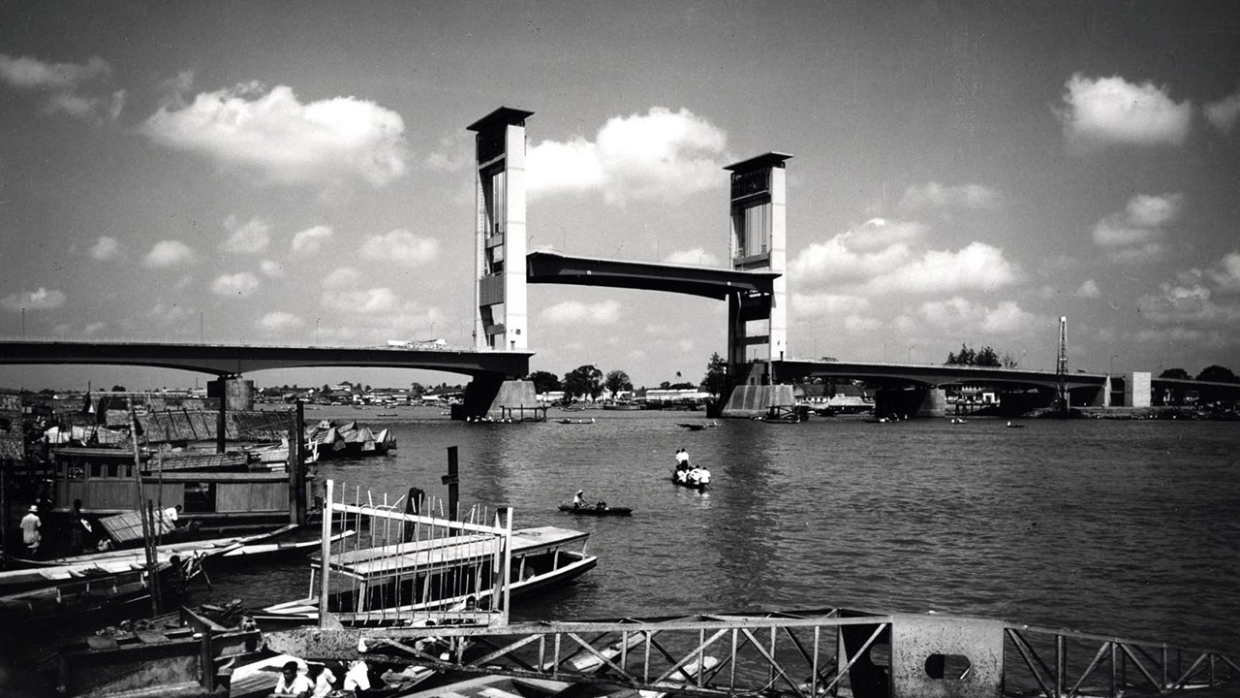
A Solid Base in the United States
James E. Roberts-Obayashi Corporation was established in 1978 jointly between Obayashi and U.S. investors. In August of the following year, Obayashi Corporation won a contract to build a portion of the San Francisco sewer system, the first public civil engineering project awarded to a Japanese contractor in the mainland United States. This was a challenging project. The ground within the construction zone was soft, and severe environmental restrictions were imposed on the project. Nevertheless, Obayashi Corporation won the contract because it proposed deploying an earth pressure balanced tunnel boring machine (EPB-TBM), the first use of this technology in the United States. This technical innovation garnered praise from the U.S. construction industry magazine ENR (Engineering News-Record). The success of the project paved the way to a contract for a joint venture with another local company for a further section of the same trunk sewer line in1981. Later on, the company was contracted by the U.S. Department of the Interior to build the Strawberry Tunnel in the city of Heber, Utah. In 1983, the company was retained by the U.S. Department of Energy to build the shaft at the radioactive Waste Isolation Pilot Plant (WIPP) in New Mexico, which—together with increasing private sector construction projects in Los Angeles and beyond—helped the company establish a solid reputation in the U.S. mainland.
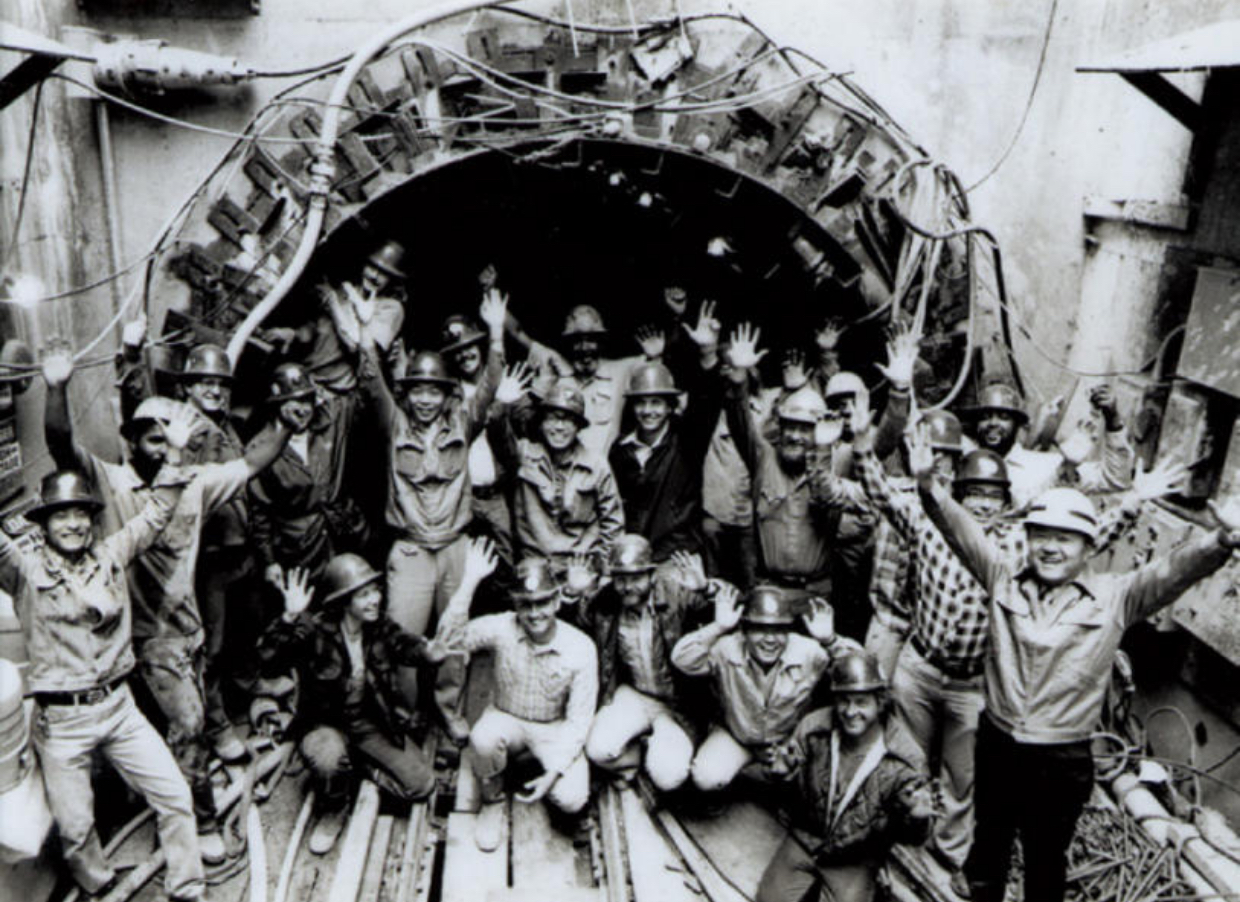
Working with Local Partners to Expand Obayashi’s Global Business
In the 1980s, Obayashi Corporation grew its international business to keep pace with the general expansion of Japanese business on a global scale. In November 1985, Obayashi Europe B.V. was established in Amsterdam, the Netherlands. Obayashi opened its Paris Branch the next year and the London Branch followed in 1987. The overarching purpose of these offices was to support Japanese companies as they expanded into Europe in advance of the integration of the European Community.
In 1985, Obayashi Corporation was awarded its first civil engineering contract in Australia. In 1987 and 1988, the company served as lead contractor in the construction of two high-rise towers in that country. The company also built a series of projects in Asia, including contracts from local companies as well as large-scale public projects, such as the 1989 Taipei Metro project in Taiwan.
For many years, Obayashi Corporation has been cultivating relationships of trust through partnerships with local companies throughout Asia and strategic acquisitions in the United States. In recent years, Obayashi has intensified its focus on strategic acquisitions to broaden the scope of projects it can undertake in North America, including civil engineering projects under the company’s direct management. Since the early 2000s, Obayashi has also been advancing large-scale projects in the Middle East. Among these projects has been the Dubai Metro, an urban transportation system in Dubai, UAE, with an overall length of 75 kilometers (completed in 2011). In 2013, Obayashi received its first contract for redevelopment work of the old city center in Doha, Qatar.
In all these activities, Obayashi Corporation has developed sales approaches that respond to the unique features of each region and by bringing to each project the highest levels of technical competence and skill.
